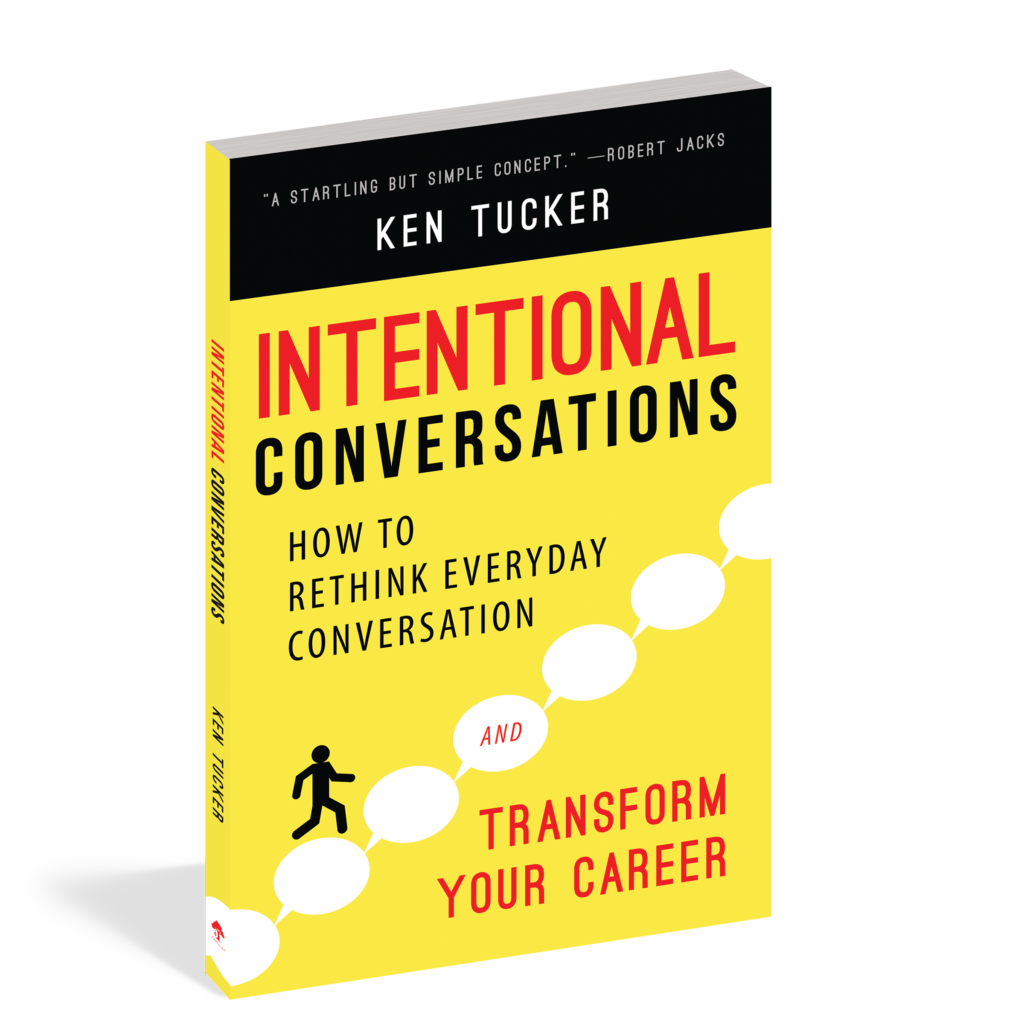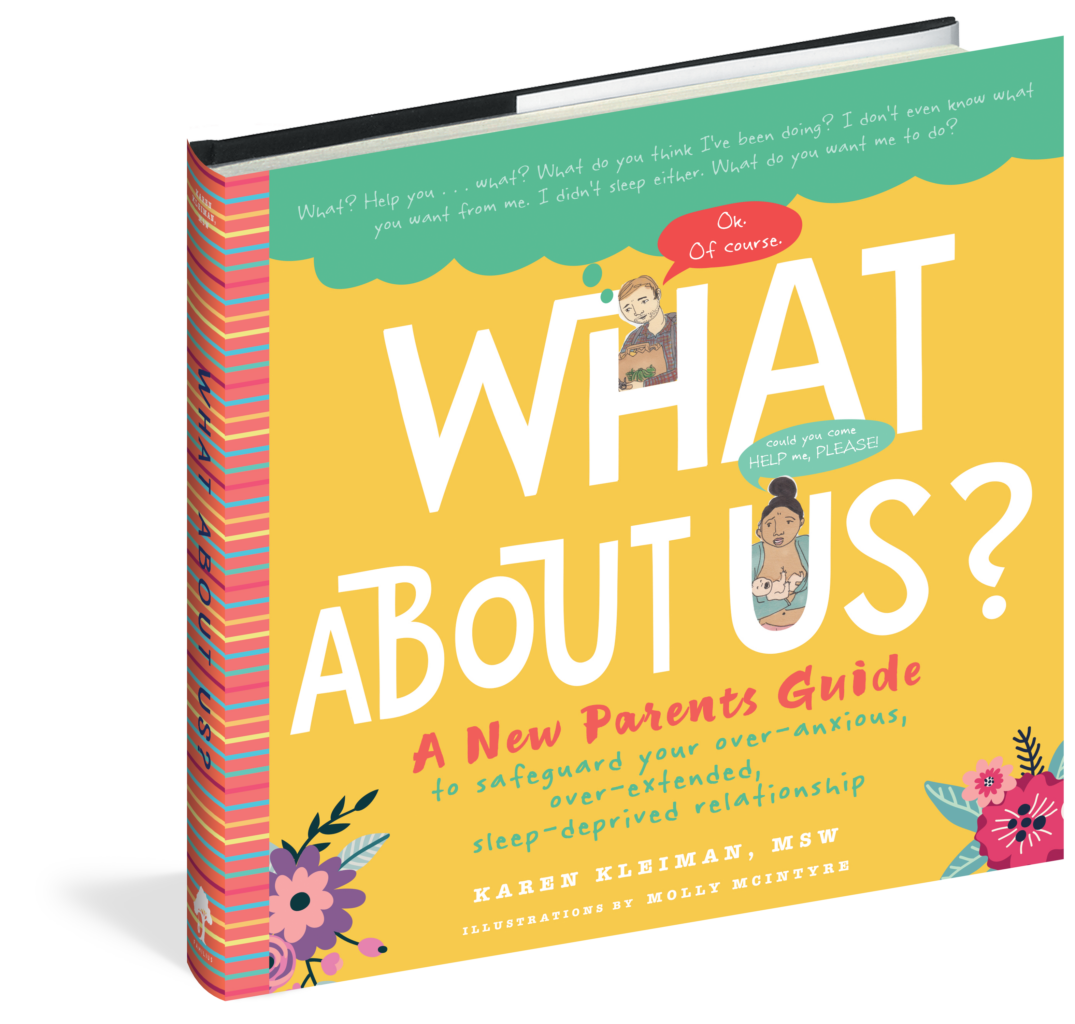
“The Story I’m Telling Myself”: One Phrase That Can Prevent Miscommunication
Have you ever believed that your loved one’s silence was telling you something it wasn’t? This one phrase can prevent miscommunication in your relationships.
“My partner didn’t compliment me; they don’t find me attractive anymore.”
This is the kind of thought that can create tension and miscommunication in a relationship. But here’s the thing: it’s just a story we’re telling ourselves. Let’s try reframing it:
When your significant other doesn’t compliment you, the story you’re telling yourself is that they don’t find you attractive anymore. The truth is that they have a lot on their plate at work and they weren’t able to mentally leave the office.
But you won’t know that unless you honestly communicate “the story I’m telling myself” to your partner, friends, or loved ones. This one phrase can prevent miscommunication and make it easier to express vulnerable thoughts and feelings, leading to a stronger, more resilient relationship.
The Story I’m Telling Myself
The phrase “the story I’m telling myself” is often associated with a communication technique rooted in cognitive behavioral therapy (CBT) and narrative psychology. This approach involves expressing perceptions, interpretations, and beliefs about a situation by framing them as a personal narrative or story. The point is to take a step away from your emotions, stay grounded, and adapt to challenging situations, which will not only prevent miscommunication but improve your relationships and mental resilience. This is an effective technique because of something called a narrative identity.
Narrative Identity
Your narrative identity is a collection of stories you create to make sense of your life and who you are. That one time your parents forgot you in the grocery store parking lot? That’s part of your personal narrative now. That time someone kissed you at recess? Narrative. Essentially, we become storytellers of the self, and we constantly change and adapt our stories to fit our self-narrative, whether our perspectives are right or wrong.
As McAdams says in an interview with North by Northwestern, narrative identities “often take a decisive form, and people will often make decisions . . . based on narrative assumptions they have about their own lives.” This includes the assumptions we have about others and our interactions with them. Which is why it’s important to clear up any miscommunications by using “the story I’m telling myself” to your advantage.
How You Can Effectively Communicate “the Story I’m Telling Myself”
The psychology behind this method is grounded in the idea that our thoughts and interpretations significantly influence our emotions and behaviors. By bringing these internal narratives into conscious awareness and examining them, we can gain better control over our emotional reactions and promote more adaptive responses to challenging situations. And most importantly, we can circumvent any miscommunication before it has a chance to impact our happiness and relationships.
Here’s how you can start using “the story I’m telling myself” to its fullest:
1. Be Self-Aware
The first, and possibly the hardest, step is to be aware of when your thoughts and feelings are affecting your behavior. Are you getting agitated? Did someone do something that upset you? When faced with a challenging or emotionally charged situation, pause and reflect on the thoughts and interpretations running through your mind. Preferably before your assumptions devolve into an argument, but it’s okay to stop in the middle of an argument to think.
2. Identify the Narrative
Identify the narrative you’ve created, the story you’re telling yourself. How have you interpreted the situation? And then trace it back to the thoughts, assumptions, and beliefs that caused it in the first place.
3. Examine the Narrative’s Accuracy
Once the narrative is identified, evaluate its accuracy and validity. Consider the evidence, assumptions, or biases involved in your interpretation. Is it reasonable? Is it out of the norm?
4. Consider Alternative Perspectives
If something still feels wrong about your narrative, consider alternative perspectives or interpretations of the situation. Asking your loved ones for help, especially those involved in the narrative, can challenge rigid or negative thought patterns and promote a more balanced understanding. Start by articulating the narrative you’ve created about the situation using the words “the story I’m telling myself.” Although the words aren’t necessary, they’re a signal to you that it’s time to take a step back from your emotions, and it’s a signal to others that you’re seeking clarification and understanding.
5. Consciously Reframe Your Narrative
Whether or not your perspective was accurate in the end, it’s important to reframe the narrative by adopting a more constructive or positive perspective. Is there something you learned from the situation? What are your next steps for changing your circumstances? This process is key to shifting your mindset, improving your emotional well-being, preventing future miscommunication, and deepening your bonds.
Discover More Ways to Improve Your Communication

Intentional Conversations

What About Us?

How to Hug a Hedgehog
Shaelyn Topolovec earned a BA in editing and publishing from BYU, worked on several online publications, and joined the Familius family. Shae is currently an editor and copywriter who lives in California’s Central Valley.
